
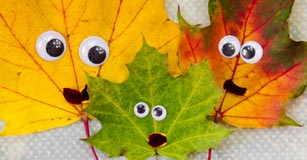
In this lesson, students tell the story of a scientific cycle by recreating the adventure of its "main character".
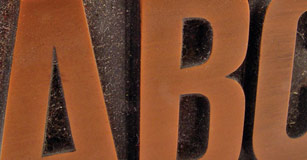
Students explore initial sounds through the creation of a classroom ABC book.
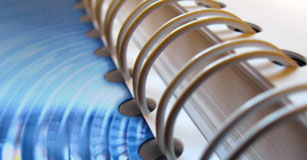
Students will write how-to stories about getting ready for school and publish them to use at home.
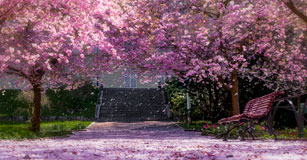
After reading examples and learning about this short form of Japanese poetry, students write and illustrate their own haiku poems.
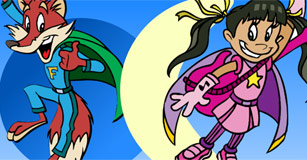
Students introduce a new hero to the world through an ID card and comic.
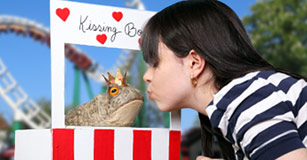
Students learn about key elements of a fairy tale as they retell a fairy tale in modern times.
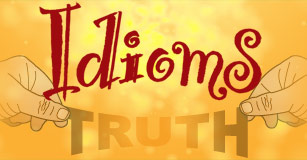
Students will illustrate the meaning of an idiom to help others learn these examples of figurative language.
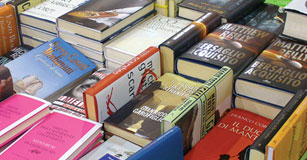
Students create a new cover design for a book they are reading to demonstrate comprehension and explore character, plot, setting, symbolism, and conflict.
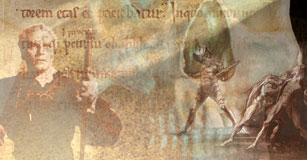
Students will create a digital scrapbook that showcases the viewpoint of the main character.
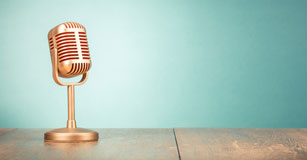
In this lesson, students craft an interview with a character from a book they are reading to demonstrate comprehension.
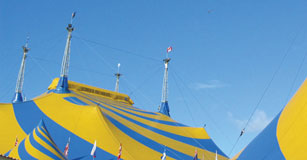
Students will develop a movie-style trailer for a book they have read.
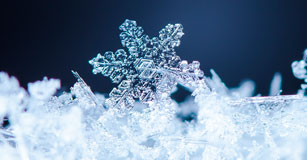
In this lesson, students create a 6-sided snowflake and write diary entries about its life.
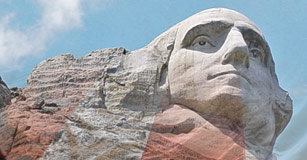
Students learn persuasive writing and presentation skills.
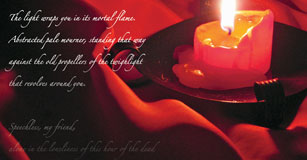
Students will create a visual, or video, poem as they analyze the imagery in a text.
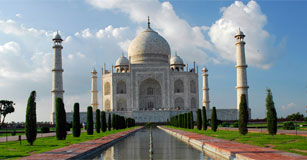
Students will create a web site to persuading their principal to take their class on a trip to the location of their choice.
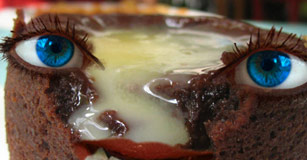
Students will personify an object and write a story as part of an online book or animated adventure.
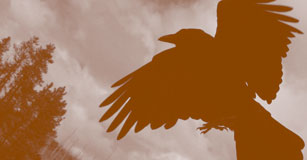
Students gain an understanding of symbolism by studying a piece of literature or a poem and designing an informative bookmark.
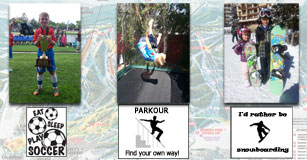
Students build media literacy skills as they create a visual essay to share information about themselves.
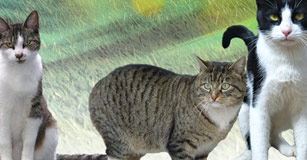
Students will create their own multiplication word problems.
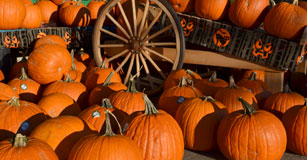
Students practice counting through the creation of a Halloween counting book.
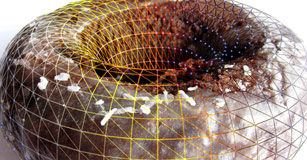
Students compose images from shapes, describe their composition, and create their own version of the book, The Shape of Things.
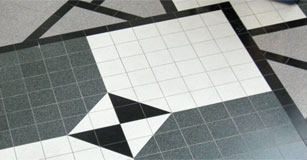
Students will ientify types of angles in photographs, and write cinquain poems that share the angles they find.
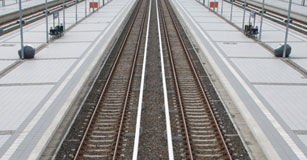
Students will create original artwork and manipulate images to demonstrate understanding of line symmetry.
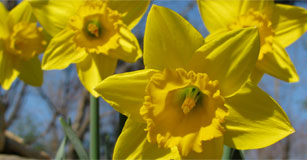
Students write and illustrate a spring-inspired short story including fractions they find in nature or their local community.
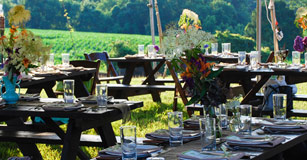
Students will plan for an event and create a proposal demonstrating how the event might look and how much it would cost.
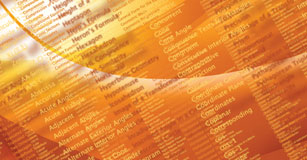
Students will connect math terms with the world around them.
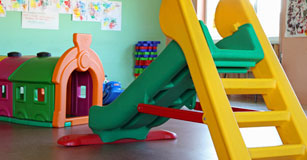
Students will explore length, width, perimeter, and surface area as they design their dream room.
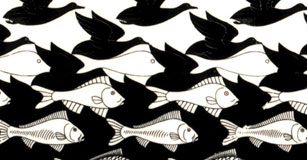
Students will create their own tessellations study the mathematical concepts of patterns, planes, symmetry, and translation.
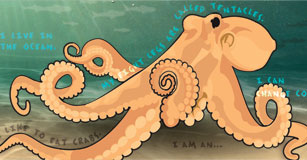
Students will research an animal and create a riddle to showcase their knowledge and engage other students in the natural world.
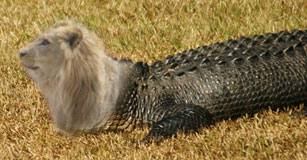
Students apply what they have learned about animal characteristics and adaptation to create a new creature and introduce it to the scientific community.
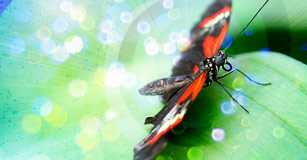
Students explore the life cycle of a butterfly as they write and illustrate stories that show the stages of a butterfly’s metamorphosis.
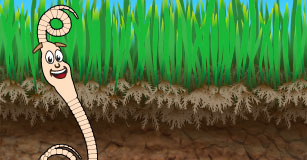
Students create a media campaign to educate about the layers, components, inhabitants, and benefits of soil.
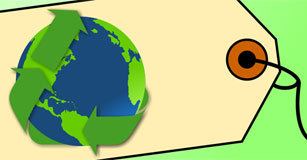
Students design and create upcycled products using materials collected at home and school.
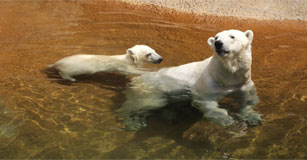
Students design enclosures for animals that live in the Arctic or Antarctic regions, to reflect what they have learned about animal habitats and characteristics.
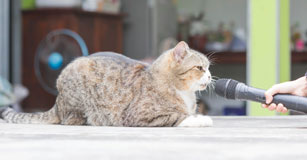
Students research the characteristics, adaptations, and habitat of an animal and share their findings in a question and answer session with the animal.
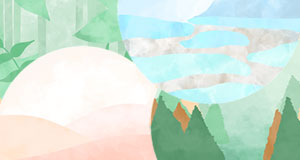
Students learn about the five biomes through as they create a travel brochure.
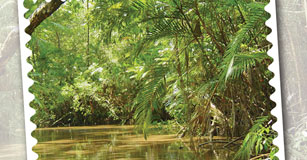
Students develop a clear understanding of rainforest regions globally through research and the creation of postcards.
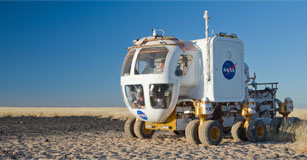
Students will learn about the planets as they create a sample travel journal that explains what it would be like to visit one of the planets.
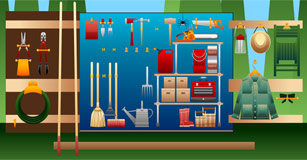
Students design a functional and beautiful garden for a particular audience, developing a scale model, determining costs and materials, and creating a guide explaining how to care for the garden.
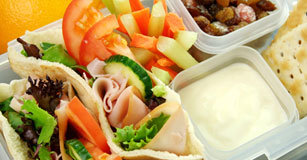
Students will learn about nutrition and create a sample menu for a week of healthy school lunches.
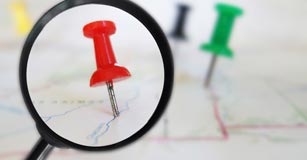
In this lesson, students create an online museum for their community.

Create media resources that celebrate and promote the actions of a real world hero.
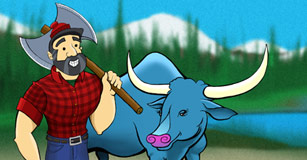
Students will write and produce an animated tall tale about a historical figure or location.
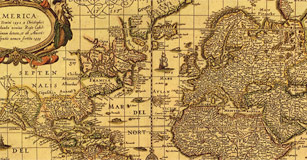
Students will demonstrate map making skills as they create maps of the geographic features, regions, and economy of their state.
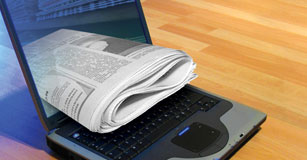
Students will create a daily newspaper edition to learn about the politics and culture of ancient Rome.
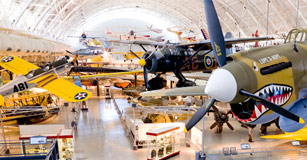
Students create digital support materials to enhance the visitor experience at a museum.
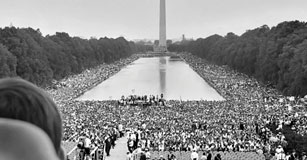
Students will create a historical journal from a fictional character's point of view.
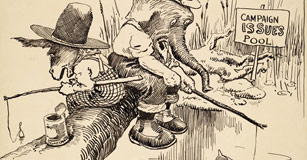
Students will analyze and share the history of a political cartoon and then create their own cartoon about a current event.
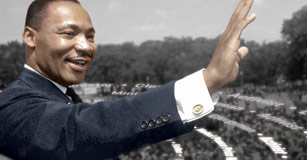
Students will learn about the life of a famous person and create non-fiction porfolio about the individual.

Wixie
Share your ideas, imagination, and understanding through writing, art, voice, and video.

Rubric Maker
Create custom rubrics for your classroom.

Pics4Learning
A curated, copyright-friendly image library that is safe and free for education.

Wriddle
Write, record, and illustrate a sentence.

Get creative classroom ideas delivered straight to your inbox once a month.
Topics